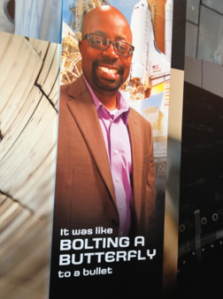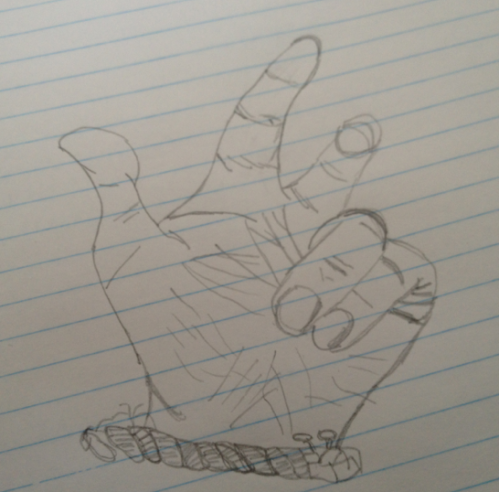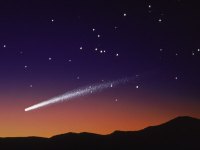
Last week I had the pleasure of visiting the Kennedy Space Center in Florida. One exhibit in particular that was most inspiring was the newly created Atlantis exhibit. Here are some pictures, words, and teachings that I want to share with you to try and convey the wonder and excitement of what it must have been like to work on this amazing space program.
It was like bolting a butterfly to a bullet

It’s easy to forget what how sensitive and challenging the design problems NASA engineers and designers face.
2.5 Millions Parts
Take the shear numbers of parts – 2.5 Million, each and everyone itemized and documented.
Materials that didn’t exist
Or the fact that many of the materials they needed to send a ship into space, and then return it safely, didn’t even exist.
Extreme Temperatures
The liquid fuel for Atlantis required chilling at -253c. Contrast that with the temperature inside the Atlantis engine 3316c and you get a sense of the awesome forces at play when fuel meets engine.
Power
The three main engines generated over 37 Million Horsepower. Giddy up!
No turning back
Once lit, there was no going back. The solid rocket boosters burned a stunning 9 tons of fuel every second, getting the rocket from 0 to 4828 km/h in two minutes flat.
Spin-offs
Atlantis spun off a lot of cool tech that we use today. The ‘chill pill’ is a thermometer firefighters can swallow to monitor their inside core temperatures.
Another was the pattern matching software developed for the Hubble telescope which can now identify and track whale sharks spots as they swim through the ocean.
Imagination

As I kid I loved making paper airplanes, testing out designs, and flying them to see which worked better. The exhibit made me feel good, and showed me that by playing, I was practicing for designing future space ships!
The Right Stuff
And if you are looking for some leverage to keep your kids interested in science and technology, here are the credentials astronauts needed if they wanted to apply for the Apollo space program.
- Age 35 or under
- Height less than 6 feet
- Weight less than 190 lbs
- A college degree in science or engineering
- U.S. citizenship
- Excellent physical and mental condition
Meet real life astronauts

While in the gift shop, John E Blaha was signing autographs. While signing he said something interesting (paraphasing): “The Apollo program was all about getting test pilots into space. That’s what early astronauts were – test pilots. What changed with the shuttle missions was getting scientists into space. Through experiments, equipment, and Hubble, it was about unlocking the mysteries of space, and enabling scientists to do research in space.”
I found that insightful. It helped me understand the goals of both programs, and how much NASA had matured in it’s planning and exploration.
Mysteries of the universe

If you are still with me here, this is perhaps the most mind blowing concept that I intellectually understand, but still have a hard time accepting.
With telescopes like Hubble we can literally look back in time. We can literally see, and look at events that happened, 100s, 1000s, millions, and even billions of years ago by pointing deeper into outer space and interpreting what we see.
How?
It takes the light from these events that long to reach us. Billions of years. This is why Hubble was such a big deal. It let’s you look back in time and see what things looked like at the start of the Universe.
It’s an amazing concept, that I feel very few of us appreciate, but literally blows my mind, which is why I find physics so fascinating.
Visit the Kennedy Space Center Atlantis exhibit

If you are Florida, and are looking to get your kids (or yourself) inspired, I highly recommend visiting the Kennedy Space Center.
It’s a trip of a life time, it will make you appreciate how far we have come, and anticipate how much further we can all go in the future.
More pics

















































































